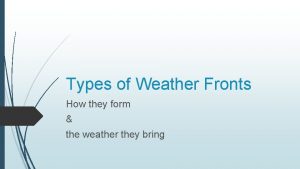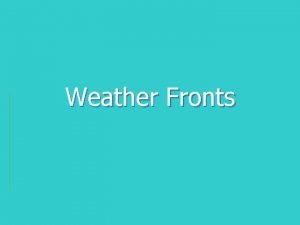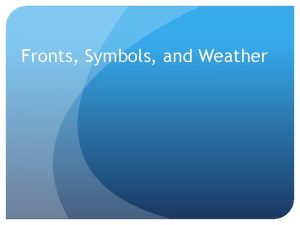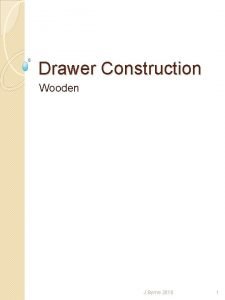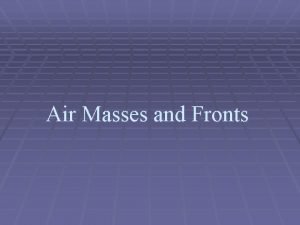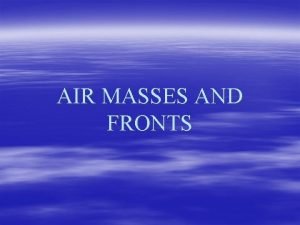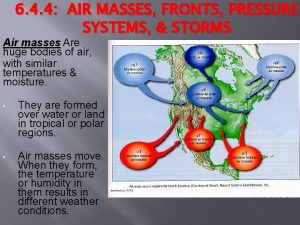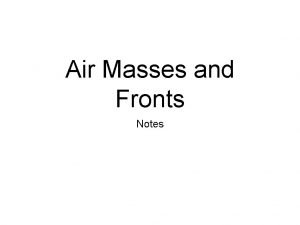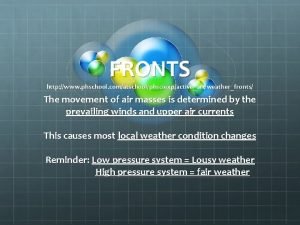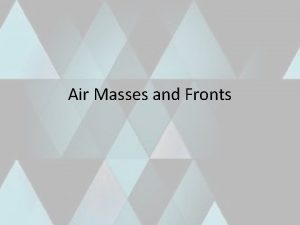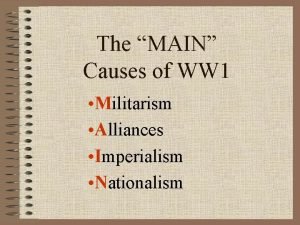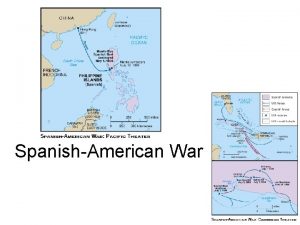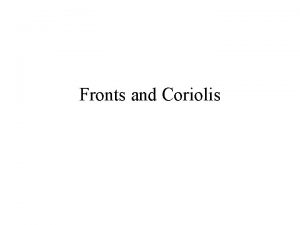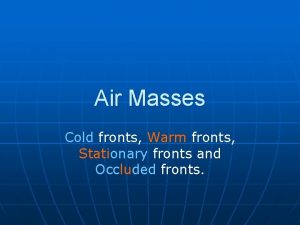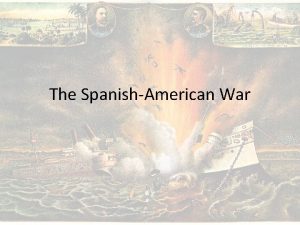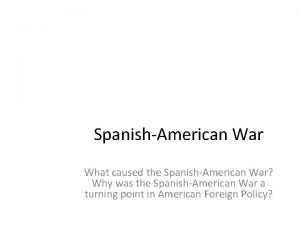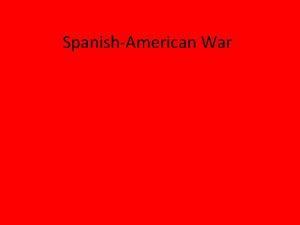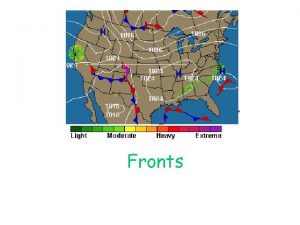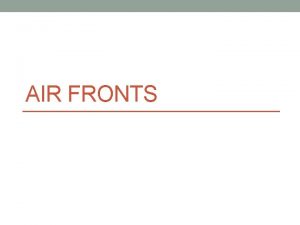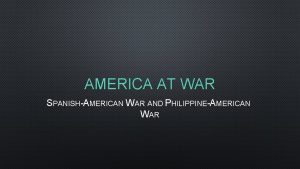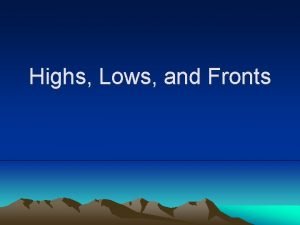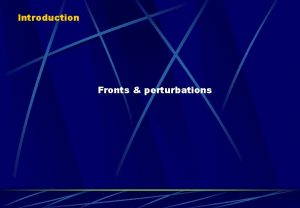The SpanishAmerican War A War on Two Fronts

















- Slides: 17

The Spanish-American War

A War on Two Fronts -U. S. Navy blockaded Cuba -why? -commodore George Dewy (Hong Kong) was ordered to attack the Spanish fleet located in their colony the Philippines -why?

The Battle of Manila Bay -May 1, 1898 - George Dewy destroyed all 8 severely outgunned Spanish warships -20, 000 troops sailed from San Francisco to the Philippines -picked up Guam on the way -Dewy contacted Emilio Aguinaldo- and asked to lead a rebellion against the Spanish – U. S. will help -Rebels took control of most of the islands and U. S. Manila


American Forces in Cuba -June 14, 1898 17, 000 forces landed east of Santiago in Cuba -US wanted to seize Spanish shore-based guns that occupied Santiago Harbor – flee and U. S. fleet waiting for them


American Forces in Cuba -U. S. troops advancing towards Santiago was the “Rough Riders”- group of flamboyant cowboys, miners, law officers -“Rough Riders” command by Colonel Leonard Wood & Theodore Roosevelt was 2 nd in command


American Forces in Cuba -July 1 U. S. troops attacked the village on El Caney – Northwest of Santiago -others attacked -Kettle Hill- “Rough Riders” - all black 9 th & 10 th Cavalry -1/4 of troops were African American -4 Medals of Honor -San Juan Hill- Rough Riders helped others seize


American Forces in Cuba -Spanish commander flees after victory in El Caney & San Juan Heights -U. S. fire on Spanish while leaving = they surrender -U. S. also occupies nearby Puerto Rico

An American Empire -December 10, 1898 - U. S. and Spain sign the Treaty of Paris -Cuba = independent nation -U. S. acquired Puerto Rico & Guam -annex Philippines for $20 million

The Platt Amendment -1900 - Cuba wrote a constitution - they left out the U. S. -1901 - U. S. wanted Cuba to make provisions-Platt Amendment -The Platt Amendment stated that: 1. Cuba could not make treaties that might limit its independence or permit a foreign power to control any part of its territory 2. The U. S reserved the right to intervene in Cuba 3. Cuba was not to go into debt 4. The U. S could buy or lease land on the island for naval & refueling stations

The Platt Amendment -Cuba needed to sign or U. S. would not leave -In 1903, Cuba signed = Protectorate- a country whose affairs are partially controlled by a stronger power

Governing Puerto Rico -1900 congress passed the Foraker Act- ended military rule & set up a civil gov’t in Puerto Rico -1917 -Puerto Ricans granted the right to U. S citizenship & elect their own governor

Filipinos Rebel -Filipinos outraged by the Treaty of Paris -Emilio Aguinaldo -believed that the U. S. had promised independence -In Feb. 1899 Filipinos revolted -Emilio Aguinaldo turned to guerrilla tactics = U. S forced Filipinos to live in designated zones where starvation and diseases killed thousands -U. S. set up a similar gov’t that was in Puerto Rico -Philippines became an independent republic on July 4, 1946.

 Air mass source regions
Air mass source regions Stationary front on weather map
Stationary front on weather map Warm front animation
Warm front animation Drawing fronts
Drawing fronts Weather fronts symbols
Weather fronts symbols Traditional drawer construction
Traditional drawer construction Air masses and their characteristics
Air masses and their characteristics Occluded front animation
Occluded front animation Four types of fronts
Four types of fronts Fronts and pressure systems
Fronts and pressure systems Warm air front
Warm air front Air masses and fronts
Air masses and fronts Air masses and fronts notes
Air masses and fronts notes North american air masses
North american air masses Www.phschool.com
Www.phschool.com Air fronts
Air fronts Fronts
Fronts Warm front
Warm front

